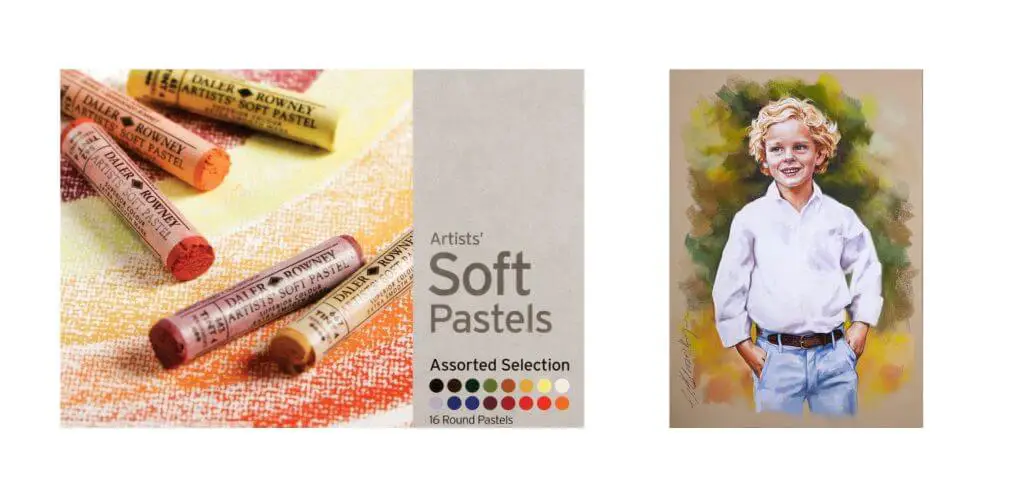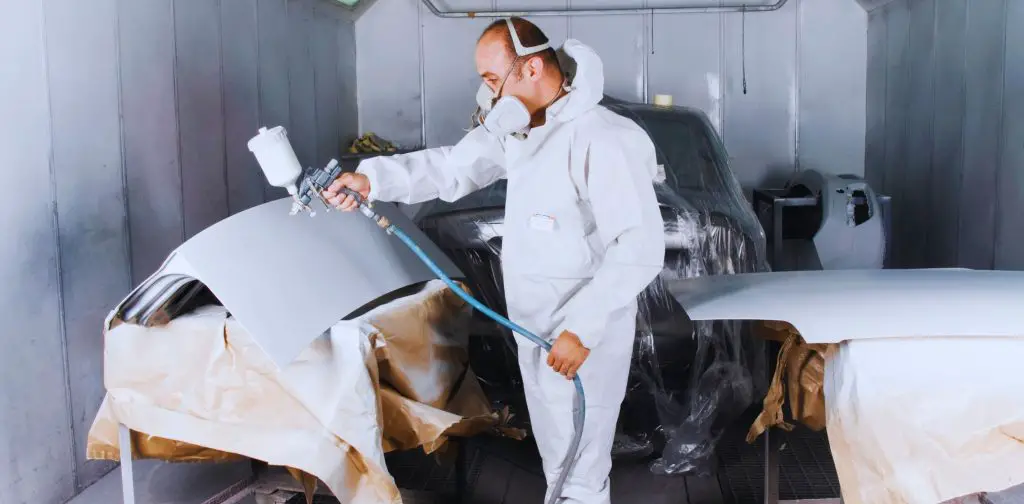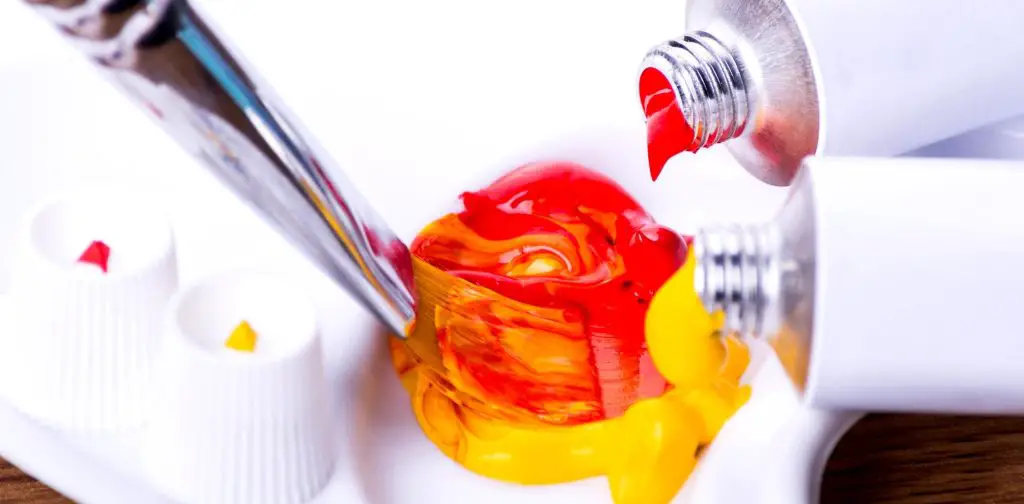We know acrylic paint more or less because it is a professional grade paint for students and experts. There are different automotive paints, but your problem is with acrylic paints and alkyd paints. If your question is, “can I paint automotive acrylic paint over oil alkyd?” then you are at the right place because today we are thinking of discussing this topic.
Both acrylic and alkyd are automotive paints with different pigments and binders. When you want to mix two other paints, there is no clearance with proof. Every painting offers a different formulation. It is out of the rules to paint acrylic over latex or latex over alkyd or acrylic. There is an ineffective way, but you must read the whole article to understand that controversial topic.
Table of Contents
Types of Automotive Paints
Every car paint comes with different color, composition and effect. Sometimes the classification of automotive paints is complex. But don’t worry because we have found out 6 certified paints are used every time on automobiles.
- Cellulose.
- Glyphtal.
- Acrylic.
- Alkyd.
- Nitrocellulose paint.
- Bright enamel.
You don’t need to know about these 6 car paint types if you want to graduate in painting. Our article targets only acrylic and alkyd paints.
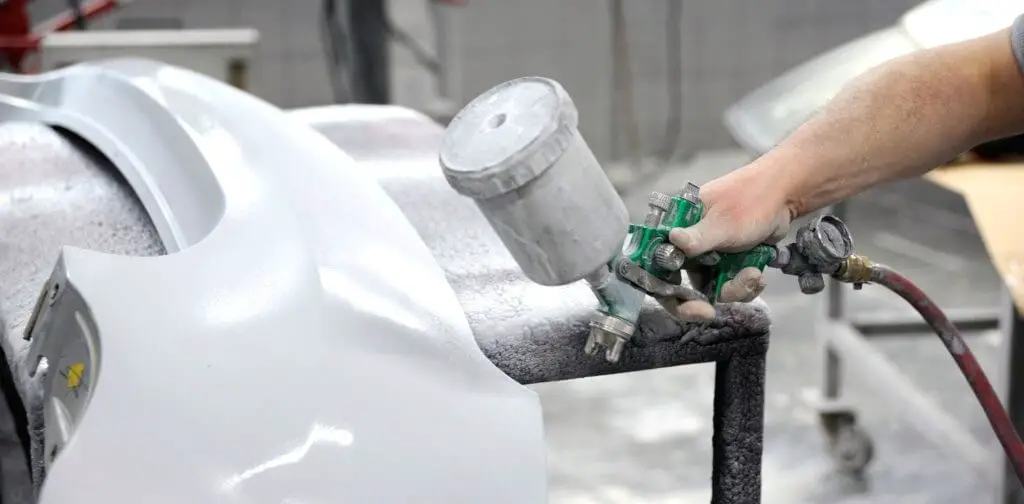
So, we will tell you every necessary aspect of these two paints so that you will get your answer of painting acrylic paint over oil alkyd.
What is Alkyd Paint?
Like other paints, alkyd paint is also made with pigments and binders. Alkyd paints are a modern descendant of oil paints because it has the same consistency as oil paints. Instead of oil-suspended pigments, alkyd paints are usually made up of a thinly dissolved alkyd resin. “All these things specify an oil paint”, you can say. That’s why it is oil-based paint, and it dries slowly.
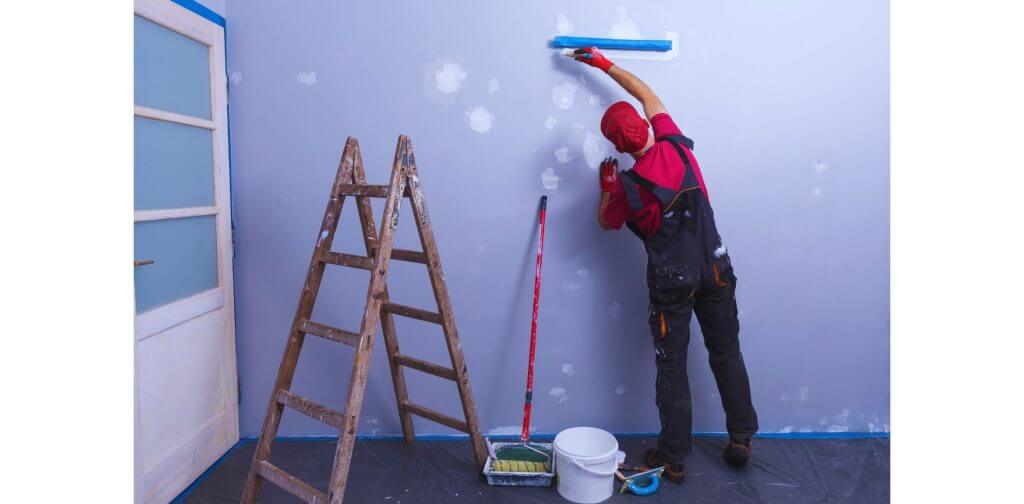
It is more complex than regular oil-based paints. That’s why it is a durable choice for some specific surfaces. This paint provides a semi-gloss finish which is also a point. If you love a semi-gloss finish, you can go with this paint.
What do We like About Alkyd Paints?
- Alkyd paints are versatile and easily applicable on different surfaces.
- They are resistant to scruff, water and humidity.
- They provide thicker cover on coats.
- They come with better chemical resistance.
- They are compatible with oil paints.
An extra tip we want to give you about alkyd paints. You want to apply acrylic paint over alkyd, but you can use oil paint over alkyd or alkyd over oil-based paint. Alkyd is not made from pure oil, but they are proven to use with alkyd paints. This proof is missing when you want to use acrylic paint over oil alkyd.
Difference Between Acrylic and Alkyd Paints
We have discussed a lot about alkyd paints. You don’t need more detail about it to understand this article. Now, we will directly jump into the comparison part. If you want to know about acrylic paints, check acrylic paint vs satin acrylic paint. We have discussed everything in detail.
You don’t get a massive difference if you check the structure of both paints. But in practical life, they have few differences, and some differences create a significant change in outcome. We will try to provide every fundamental and pro difference between acrylic paint and alkyd paint.
| Acrylic paint | Alkyd paint |
| Acrylic paint is water-based paint. | Alkyd paint is oil-based paint. |
| It dries faster than alkyd paint. | It dries slower than acrylic paints. |
| It is less consistent. | It has more consistency. |
| It requires solid surface. | It is applicable on all surfaces. |
| It has a volume of 40%. | It has a volume of 55%. |
| Best for painting. | Best for wood surfaces. |
Can I Use Acrylic Paint Over Oil Paints?
It is safe to use oil paint over acrylic paint, but if you think about applying acrylic paint over oil paint, then it cannot be a good decision. Oil and acrylic are used for paintings, but acrylic paint is not suitable for oily surfaces. So, what you want is the wrong method.
Acrylic is plastic. So, you cannot say when it becomes breathable and when not. An old car emits gas. Acrylic paint will crack and flake because the gas escapes if you paint it on top of the oil.
Can I Apply Acrylic Paint on Oil Alkyd?
You can use automotive acrylic paint over oil alkyd, but you must accurately cure the oily surface. When the oily surface is cured, re-paint with acrylic paint or oil-based paint, and you don’t face any problems. Now how do you know the oil-based paint is completely cured? After curing, it becomes so hard, and you cannot eliminate the finish even if you scrub. It takes almost 10 days to be fully cured.
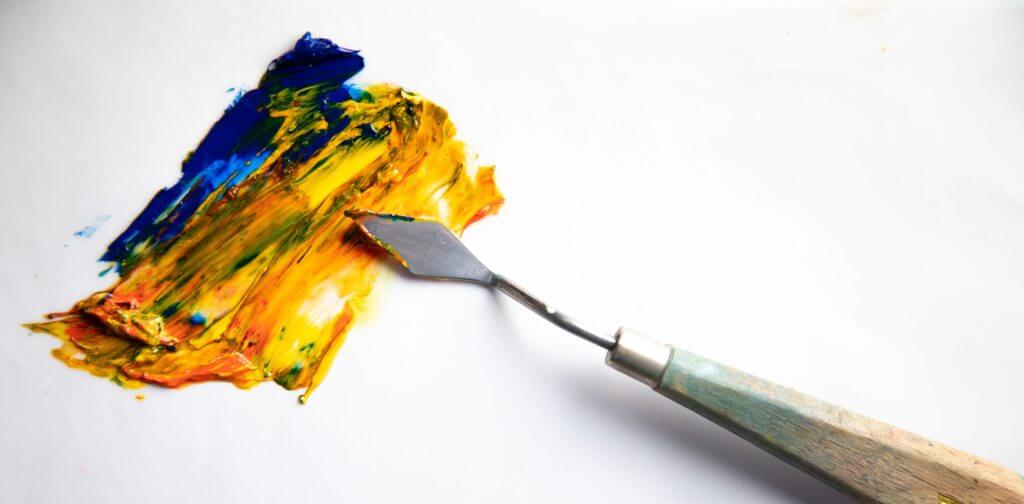
But don’t dare to use acrylic over the uncured oily surface. Otherwise, acrylic paint will crack the top coat. Then you have to start the painting from the beginning. On the other hand, alkyd paints that have not yet healed can be safely painted with alkyd or oil paints without fear of cracking the top coat.
All this talk is about painting a car surface but do you decide what finish you will give to the car surface? If you haven’t chosen the finish yet, choose any black between metallic black vs gloss black. We assure you that you will love either of the two blacks.
FAQs
Can I paint acrylic paint over oil-based primer?
Acrylic paint is recommended to use over 100% cured surface, whether oil-based paint or oil-based primer. If oil-based paints do not stick well to the surface, do not reverse the procedure.
What kind of paint can I use over oil-based paint?
You can use latex paint on oil-based paints without following rules or regulations and for fear of cracking the surface.
Can you paint over the enamel with acrylic?
You can paint acrylic over enamel, but ensure you have prepared the surface properly. If you apply a water-based paint coating, it will not adhere properly to the surface, and the color may fade.
Final Verdict
Users find it challenging if they don’t know the proper way of using automotive acrylic paint over oil alkyd. You can paint oil-based surface with acrylic, but the surface must be adequately cured. If you think the reverse, you don’t need to follow any restrictions. The concept is relatively easy and also confusing for many newcomers.
We have tried our best to keep the article short and easy, so everyone can quickly get the answer. We hope you will find this article helpful for your upcoming project.
For more than 15 years, I’ve been immersed in the world of painting, and I’ve created this website to share my passion and knowledge with fellow art enthusiasts. My artistic journey has led me through various mediums, techniques, and styles, always pushing the boundaries of expression. I invite you to explore the captivating realm of art with me – a journey of creativity, self-expression, and the endless possibilities that painting offers.
Feel free to reach out to me via email at leanna.ange@gmail.com. Whether you have questions, want to share your own artistic experiences, or simply connect, I’m here to engage in the wonderful dialogue that art inspires. Looking forward to hearing from you!

